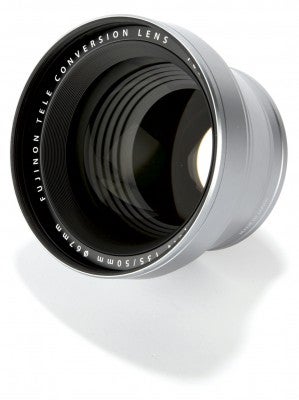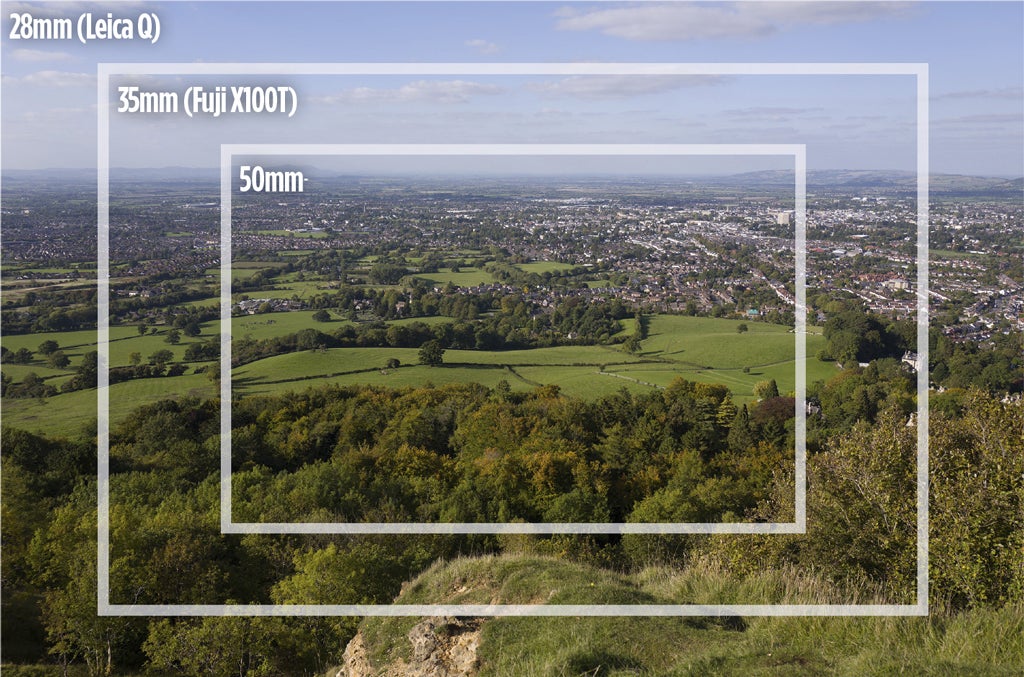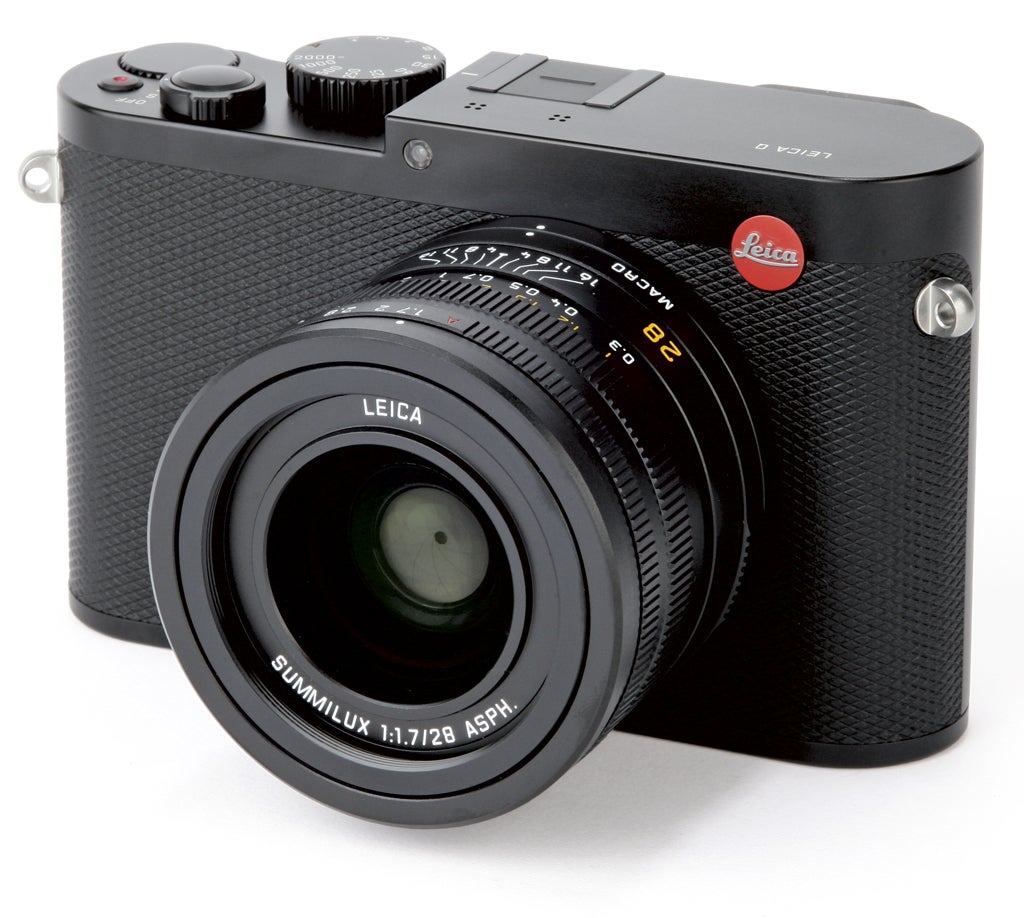Is the full-frame Leica Q (Typ 116) really worth its £2,900 premium price compared to the £840 Fujifilm X100T? Andy Westlake finds out
28mm, 35mm and 50mm views: adaptors vs crops

The Leica Q and the Fujifilm X100T are both fixed-lens cameras, but the different angles of view lend themselves to different purposes. With its 28mm lens, I found that the Leica Q was especially well suited to landscape, architecture and interior shooting. The X100T’s narrower 35mm-equivalent view is better suited to shooting subjects such as street photography and people.
However, both cameras also give the option to go beyond the lenses’ native angles of view (28mm and 35mm-equivalent respectively), but use distinctly different approaches. The Leica Q relies on cropping into the image, while the X100T can accept matched wide and tele-lens adapters. So what’s the practical difference?
On the Leica Q, two crop modes are available: 1.25x to give a 15.4MP, 35mm-equivalent image, and 1.8x to give a 7.5MP, 50mm-equivalent image. By default, pressing the unlabelled button on the camera’s back beneath the shutter button cycles through them, with the active field of view marked by rangefinder-style framelines. This may seem like an affectation, but it’s a good way of indicating that you’re in a crop mode, especially as this only applies to JPEG output – raw files are still recorded as full 24MP, 28mm shots. However I’d still like to see the option of cropping in and filling the viewfinder with the active area.

For the X100T, Fujifilm makes the matched WCL-X100 wideangle adapter and TCL-X100 telephoto adapter, which cost £270 and £200 respectively. These screw directly onto the front of the lens, but you’ll have to remove the thread’s cosmetic cover ring first (or the filter adapter, if you’re using it). This makes mounting and removing the adapters a slow process, meaning you’re less likely to use them. It’s also important to tell the camera that you’re using the adapter, in order to get properly corrected images. This is done via the shooting menu, but can be assigned to an Fn button or added to the Q menu if you prefer.
While the Leica Q’s 7.5MP image at the 50mm crop setting should be sufficient for an A4 print, it clearly won’t match the X100T using the TCL-X100 converter. However, the Leica Q’s 35mm crop setting is a close match for the X100T in terms of image quality and recorded detail, and at 28mm it performs better than the X100T with a wide converter. So, if you want the option of shooting at 50mm a lot, the X100T would be the better choice – otherwise the Leica Q has the edge.
Rangefinder-style design
Fujifilm’s original X100 was strongly influenced by classic 35mm film rangefinders, and the Leica Q draws its design from the company’s M-system cameras – arguably the most classic of them all. So it’s no surprise that these two cameras are more similar than they are different. Both have traditional control layouts, with shutter-speed dials on the top-plate, and aperture and focus rings on the lens barrel. However, while the Leica Q’s manual-focus ring has a distance scale and hard end stops, the X100T’s rotates continuously. The X100T also has an exposure-compensation dial on the top, while the Q has an electronic dial in the same place that’s used to change exposure compensation while shooting. Overall, both cameras give a broadly similar shooting experience, but the X100T has more external controls than the minimalist Q.

Exposure compensation
The X100T has a dedicated dial, while the Q has an electronic dial in the same place. Both offer ±3EV, in 1⁄3EV steps.
Shutter-speed dial
Both work in 1-stop steps, with an auto position. On the X100T, intermediate speeds can be set using the rear dial.

Aperture ring
Both cameras click at 1⁄3-stop increments, and have an A position for auto setting.
Viewfinder
The Leica Q has a high-resolution EVF, while the X100T uses a hybrid optical/electronic finder.




